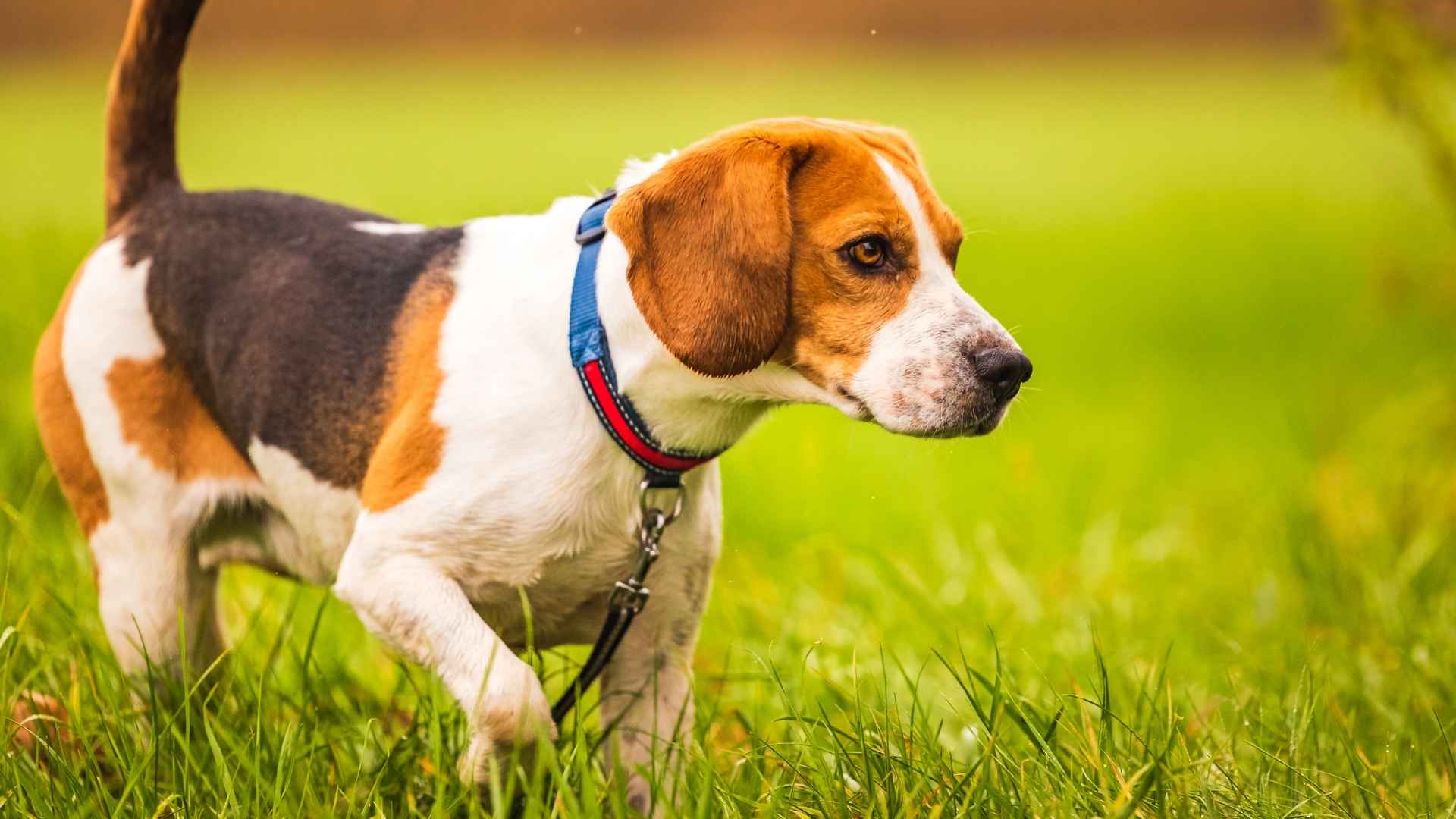The coop door is open. One hen’s missing. You call out. Shake the treat bucket. Nothing. Minutes turn to hours, and still no sign of her. If you’ve ever kept chickens, you know this sinking feeling.
Chickens are curious. They slip under fences, hide in tall grass, or freeze in fear when separated. Sometimes, you find them stuck. Other times, they’re just gone.
But imagine having a dog by your side that doesn’t just bark at foxes, but sniffs out where your missing bird went. Some dogs, trained and trusted, can track with surprising skill. They work the ground like seasoned hunters, but gently, focused on bringing your hen back safe.
In this article, you’ll meet the dog breeds that help farmers and homesteaders locate missing chickens, save time during stressful searches, and bring peace back to the coop before sunset.
Dog Breeds That Track Lost Chickens For Farmers
1. Bloodhound
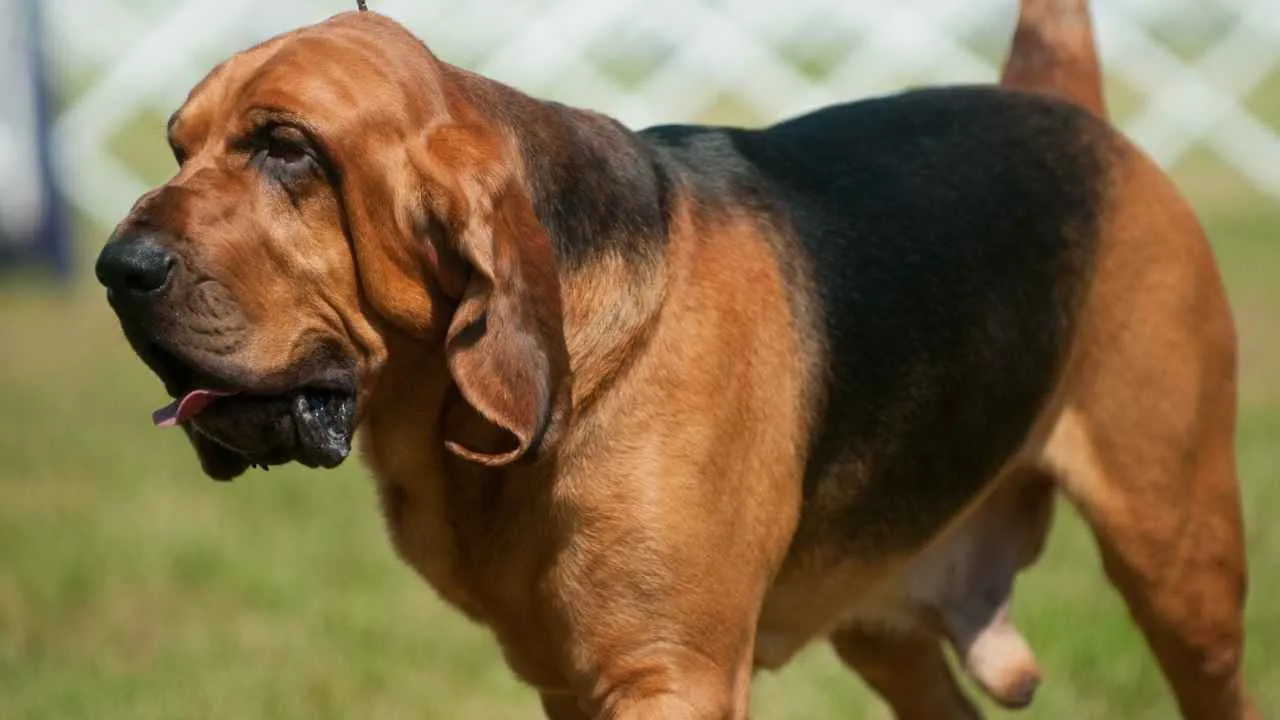
Bloodhounds are recognized for having one of the most powerful scenting abilities in the canine world. Their ability to detect and follow ground-based scent trails is unmatched. Farmers often rely on them to track lost chickens over fields and woodland.
Specialized for Long Distance Trails
These dogs can follow a scent for over a hundred miles, with records showing trails several days old being successfully tracked. This makes them reliable in rural settings where chickens may stray far from coops or pens. Their concentration remains steady over time.
Naturally Driven by Scent Detection
The breed shows a strong instinct to follow trails without needing constant guidance. Their low nose position while walking helps maintain contact with the scent. This natural behavior reduces the chance of missing subtle clues during tracking.
Historical Use in Scent-Based Searches
Bloodhounds were originally bred by monks in medieval France to track deer and later humans, as mentioned in the AKC. Their reputation in law enforcement and search and rescue has stayed strong. Their unmatched ability in scent tracking is still used globally in missing-person investigations.
2. Basset Hound
Basset Hounds are built close to the ground, which helps them remain steady while trailing low-level scent. Their scenting ability is second only to the Bloodhound. This physical structure supports accurate ground tracking, especially useful in uneven farmland.
Exceptional Focus Over Long Trails
They can follow a single trail for hours without losing interest or switching focus. This consistency is helpful for farmers needing a dog that can stay close to the target for extended periods. Their calm pace also allows for controlled movement through obstacles.
Instinctive Tracking Without Pressure
Bassets require early, consistent training to respond well to tracking tasks on command. Once trained, they work independently with minimal correction. Their natural drive to chase a scent trail makes them dependable around scattered flocks.
Gentle Nature Around Farm Environments
Despite being scent-focused, they’re generally patient around other animals and people. Their tendency to stay close to familiar areas makes them easier to manage in open spaces. This quality also lowers the chance of them straying during a search.
3. Redbone Coonhound
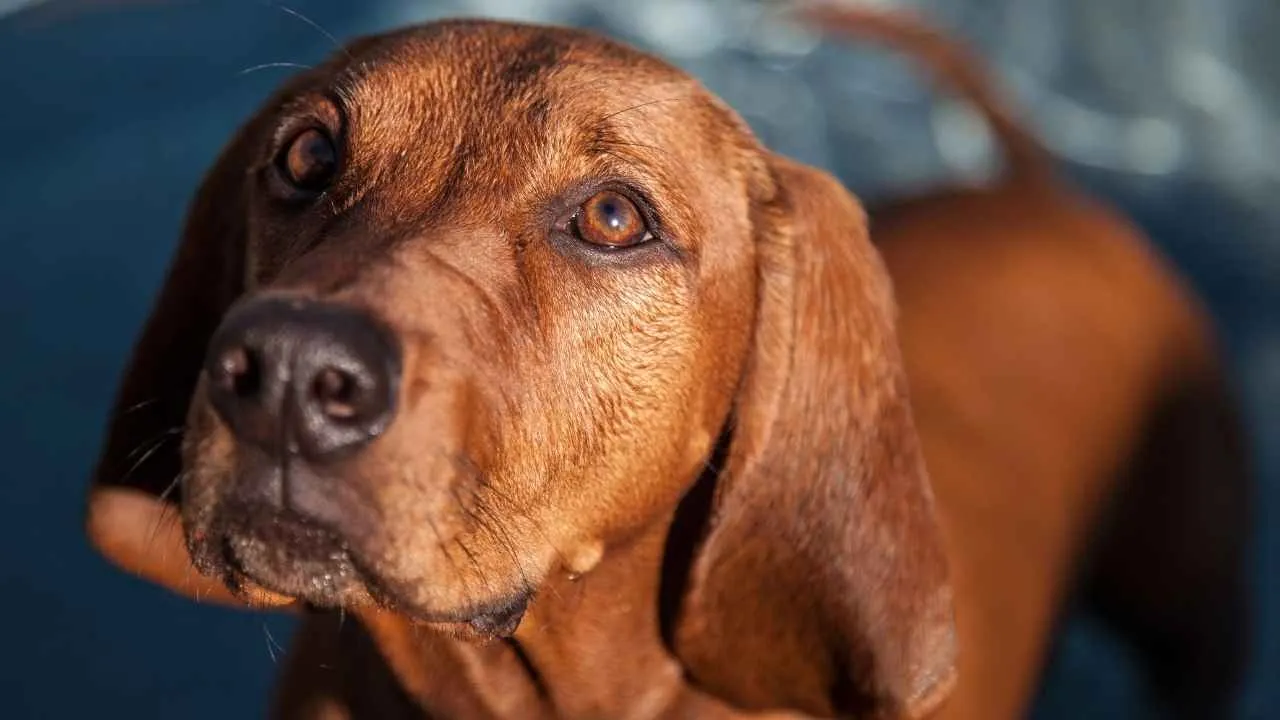
Redbone Coonhounds are prized for their ability to pick up fresh ground scent and follow it without hesitation. This makes them valuable in open farm areas where birds may scatter. Their focus stays sharp even in rugged, wooded terrain.
Well-suited for Long Outdoor Work
These dogs have a natural stamina that helps them cover large distances without slowing down. Their sleek red coat are low-maintenance and ideal for working in thick brush or wet ground. They perform best with steady activity and a structured environment.
Close Bond with Their Human Partner
Redbones are deeply responsive to their owner, often looking for cues or direction during long searches. This cooperative mindset helps when farmers need a dog that doesn’t wander aimlessly. They stay alert and connected while on task.
Adaptable, Loyal, and Farm-Ready
While originally developed for hunting raccoons, Redbones are also known to make loyal companions off the job, as mentioned in Orvis. Their consistent temperament makes them a great fit for rural life. With training, they can blend working instincts with home routines.
4. American Foxhound
The American Foxhound is known for its stamina and agility across open fields and wooded landscapes. These qualities help them cover wide distances during scent tracking. Their physical build is suited for endurance-based movement in rural areas.
Instinctive Scent Tracking Drive
With a natural prey drive and sharp nose, this breed can detect scent trails even when faint or partially lost. Farmers often value their focus on tracking wandering livestock, such as chickens. Their sense of direction improves with regular work.
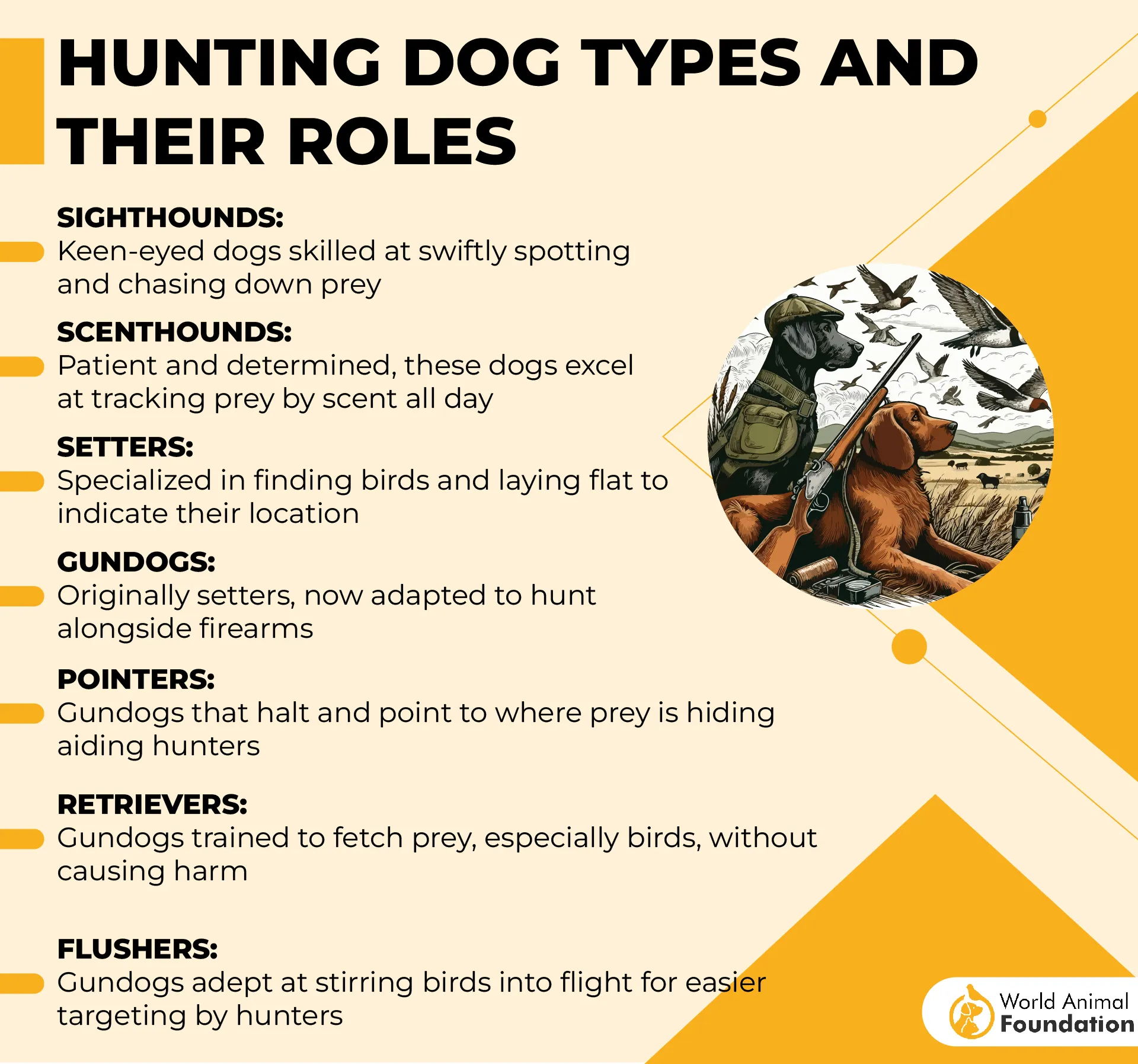
Strong Focus Over Long Durations
American Foxhounds are capable of staying locked onto a scent for hours without losing pace. Their calm determination is helpful on larger farms where chickens may go missing in scattered areas. Training builds on their already well-developed instincts.
Rooted in Early American Breeding
They were developed from English and French hounds brought to North America in the 18th century. The breed was refined for fox hunting in Virginia and Maryland. Their lineage shaped a dog tailored for tracking over long distances on varied terrain.
5. Cocker Spaniel
Cocker Spaniels have an excellent sense of smell and are often used in fieldwork for flushing and tracking birds. This ability also makes them useful on farms where chickens might go missing. Their tracking remains steady without becoming disruptive or overly forceful.
Comfortable in Dense, Brushy Terrain
Their compact size and agility help them navigate areas with tall grass, shrubs, or coop surroundings. Cocker Spaniels can work close to the ground and follow trails in tighter spaces. This is especially valuable when chickens stray into enclosed or tricky areas.
Responsive and Easy to Direct
These dogs respond well to direction and tend to stay close to their handler while working. Their cooperative nature helps farmers manage them without excessive commands. They naturally follow cues and remain engaged throughout the search.
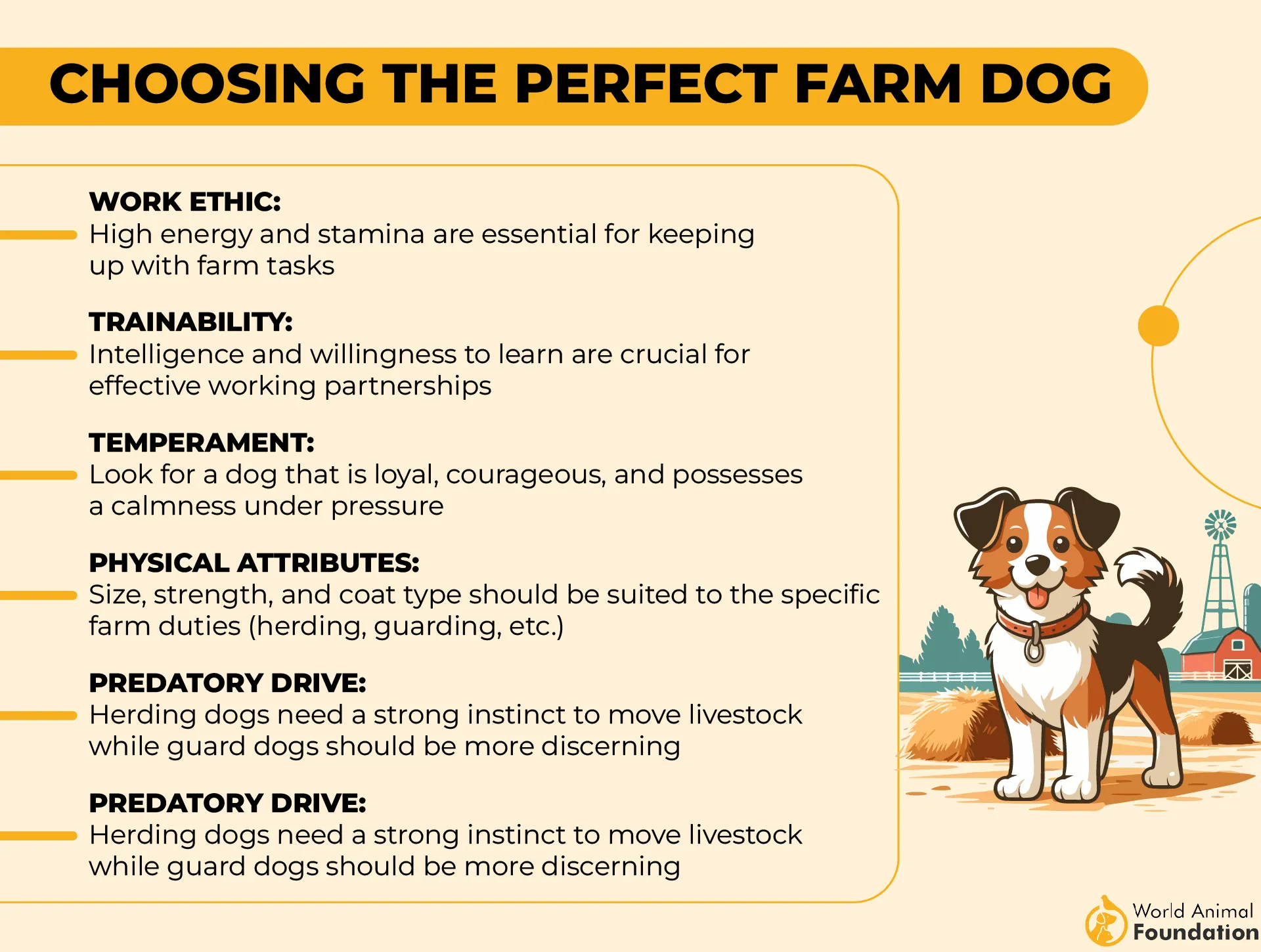
Background in Bird-Oriented Work
The breed has a long history of being used in flushing game birds during hunts. Their behavior on farms reflects that same instinct, making them suitable for tracking scattered chickens. The breed’s skill was developed through generations of focused breeding.
6. Beagle
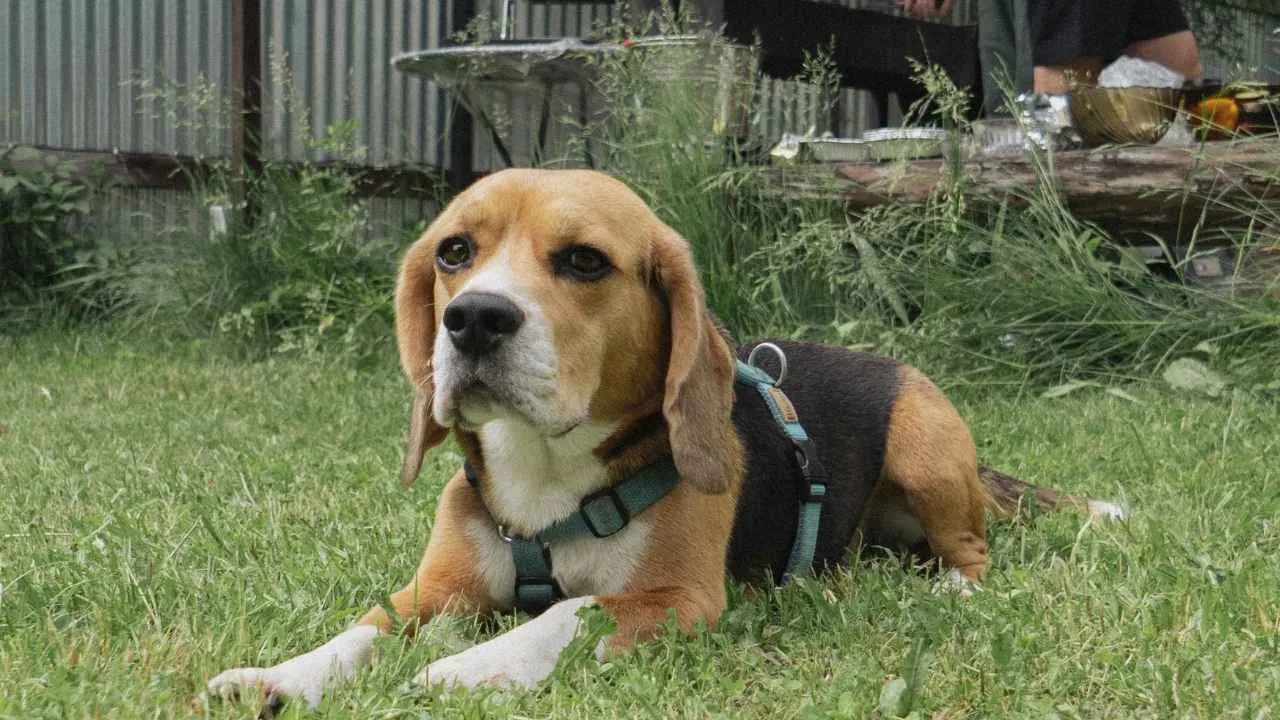
Beagles possess an extremely strong sense of smell, ranking among the top scent hounds globally. They are capable of following faint chicken trails through brush and open fields. This talent makes them a practical choice for farms with free-range birds.
Persistent and Nose-Driven Movement
Their compact frame allows them to move easily through undergrowth, and they rarely lose focus once a trail is found. Beagles follow ground scent with low, steady movement that helps maintain precision. Their body posture reflects their purpose during the search.
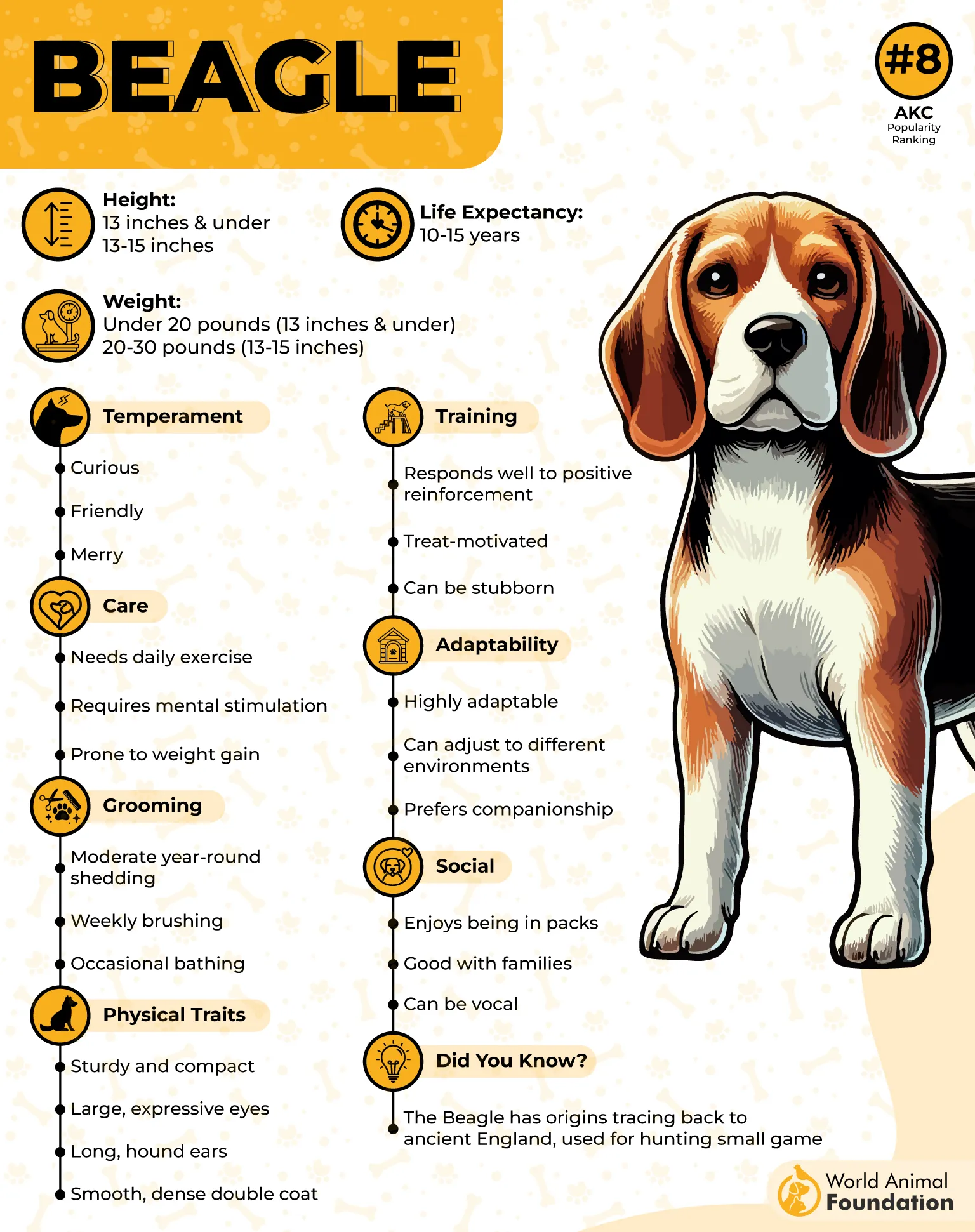
Used in Rural and Agricultural Tasks
Historically employed for hunting small game, Beagles adapt well to farm environments. Their keen scenting ability has been repurposed to help track livestock like chickens when they stray. This is especially helpful in areas with dense cover or open range.
Trainable and Responsive on the Field
While independent by nature, Beagles respond well to structured training. Their reliability improves with positive reinforcement, making them consistent helpers for scent tracking. They also alert handlers through body language once the target is found.
7. German Shorthaired Pointer
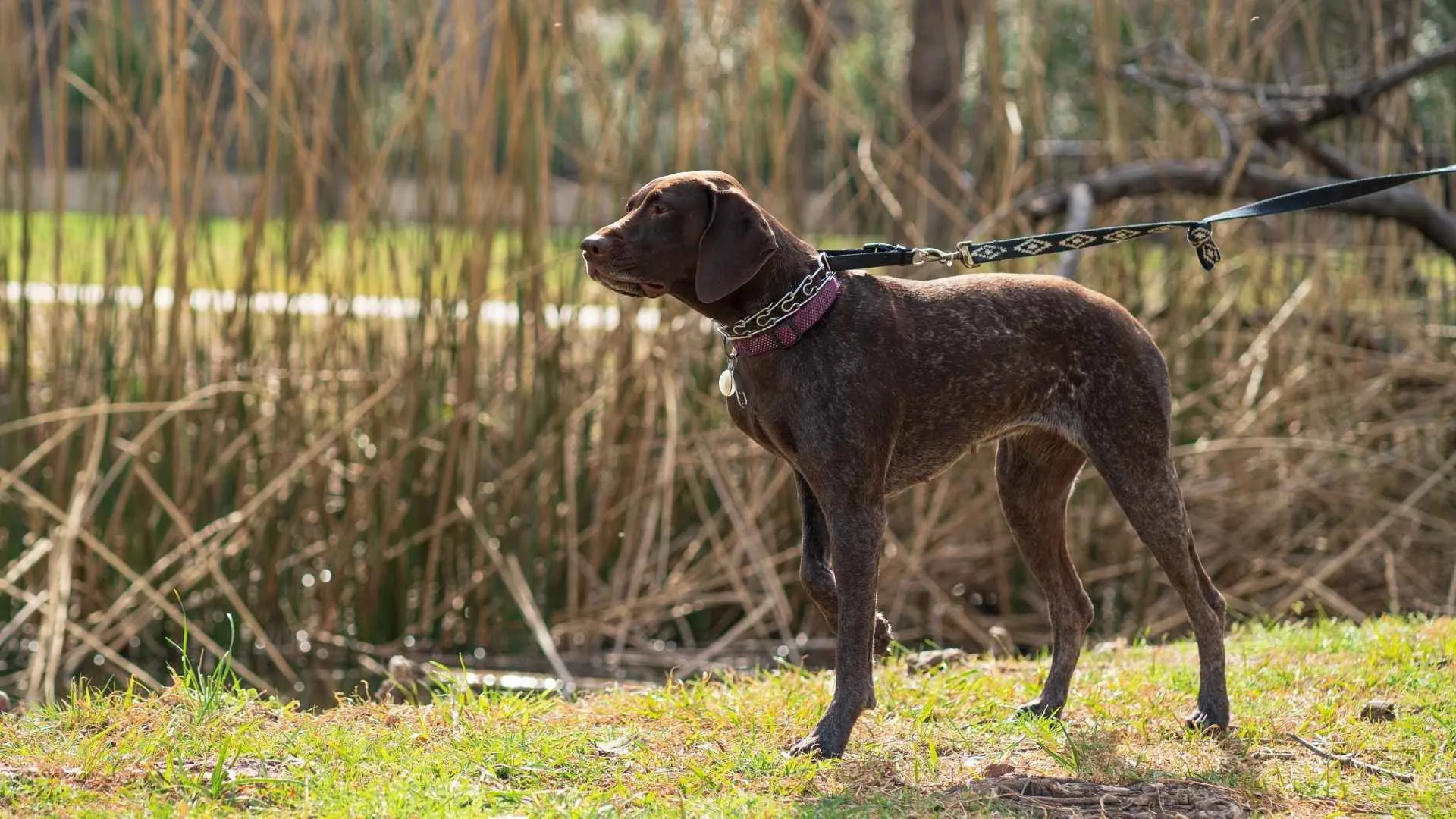
German Shorthaired Pointers are skilled at locating ground scent, especially across open terrain. Their tracking behavior is guided by sharp instincts developed through generations of field use. They’re especially useful for farmers working in wide, uneven pastures.
Agility Suited to Quick Searches
Their lean build and strong legs allow them to navigate through brush, coop surroundings, or wooded sections quickly. When chickens scatter, these dogs can cover ground efficiently and adjust direction with minimal command. Their speed is matched by precision.
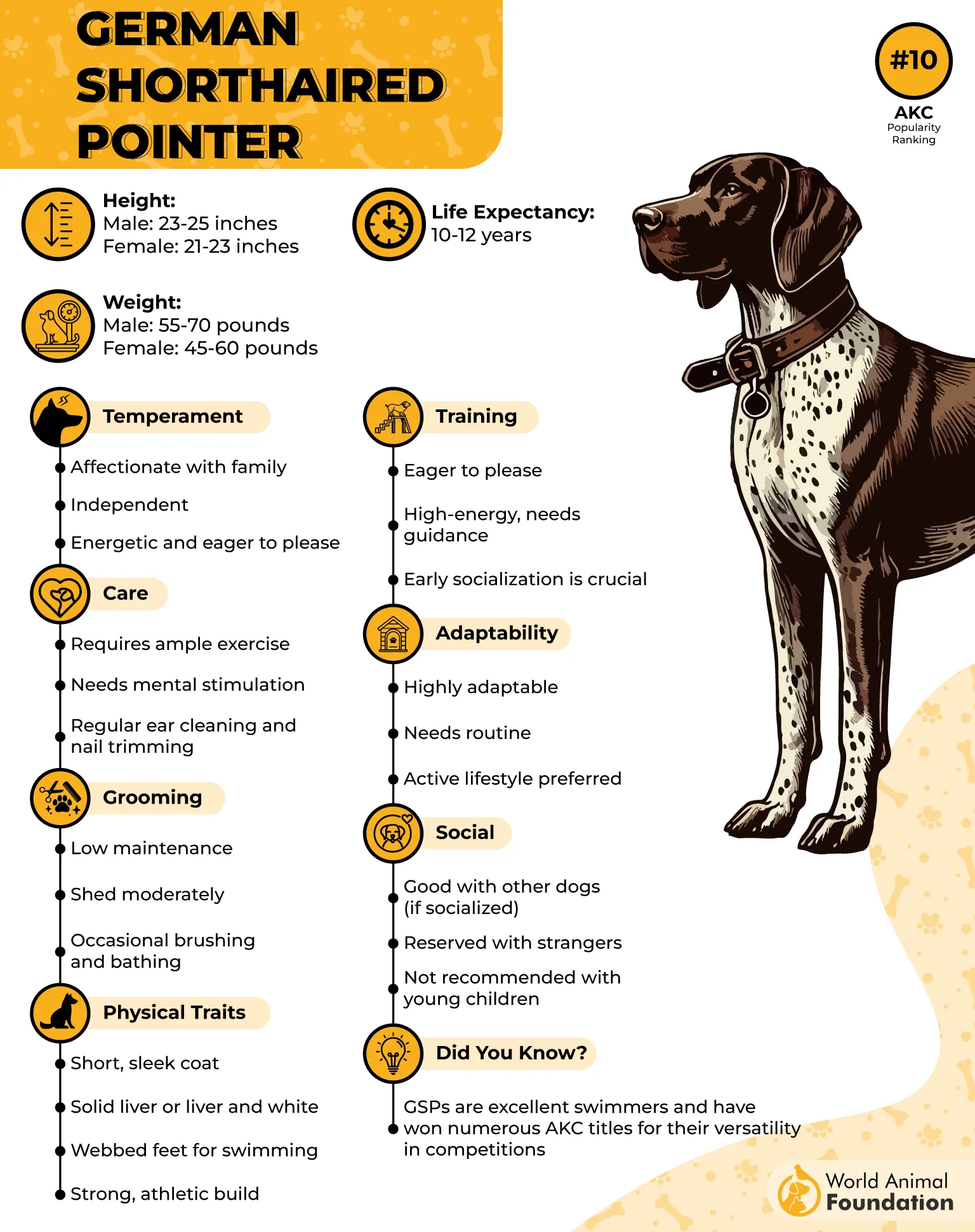
Natural Interest in Feathered Game
Originally developed in 19th-century Germany for bird hunting, this breed maintains a strong interest in poultry movement. Their ability to scent, locate, and pause when spotting birds helps in avoiding panic or harm during a track. This control is farmer-friendly.
Highly Responsive to Training Cues
German Shorthaired Pointers are intelligent, with a high rate of learning retention in outdoor work. Their ability to take direction even during movement makes them reliable trackers. When trained around livestock, they adapt quickly to varied farm environments.
Conclusion
Some dogs chase. Others wait. But the best dogs do more than either—they think. Whether they track a lost chicken, stay calm near a predator, or guard the edge of a field, their instincts serve a higher point: safety.
What sets these breeds apart is their desire to help, not just to move. Farmers who’ve used them often say it made the difference between chaos and calm. These dogs don’t bark for show—they act with protection in mind. They search, rescue, and return.
And once you’ve worked beside them, you’ll wonder how you ever managed before. These breeds aren’t just pets. They’re partners who’ve figured out their purpose. And they never forget it.


